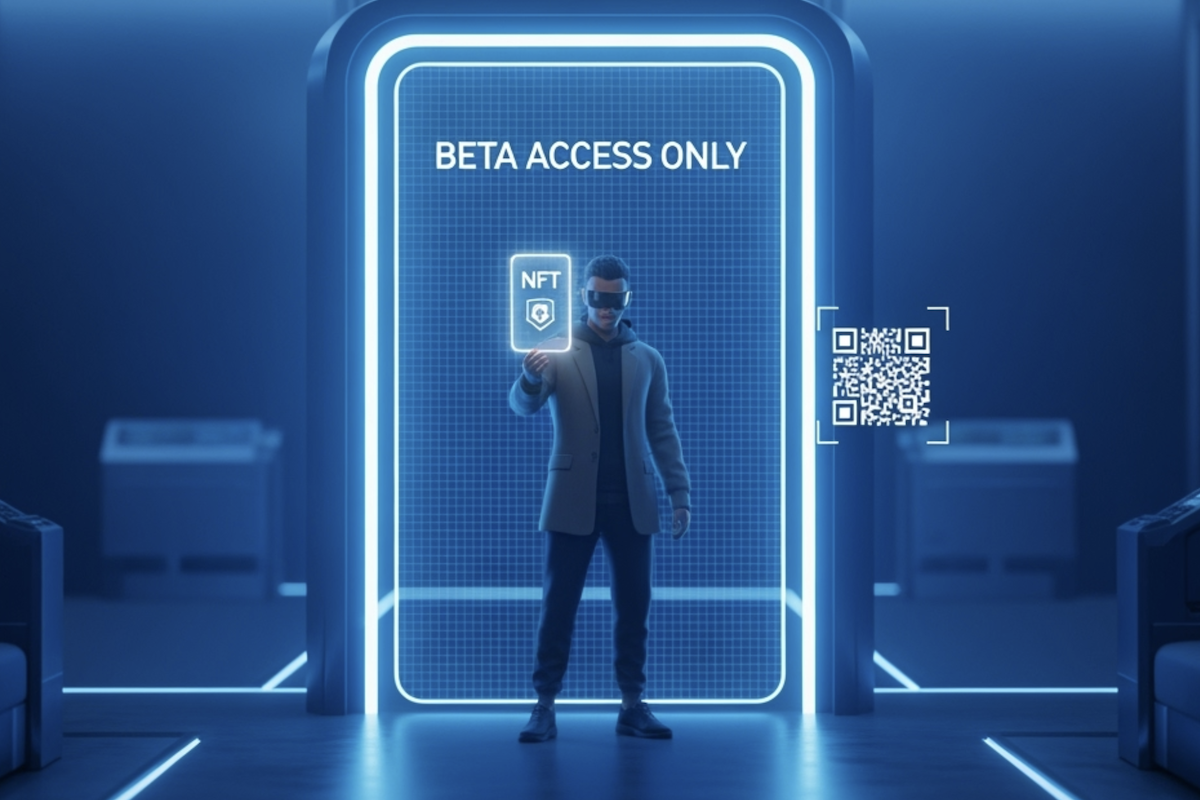The Future of Web3 Gaming in Asia
Web3 gaming is rapidly gaining popularity in Asia, where it is being seen as the future of the gaming industry. The region has a huge population of young people who are tech-savvy and eager to try new things.

As we journey into a more digital future, Web3 gaming in Asia is marking a fresh path. Propelled by blockchain technology, NFTs, and cryptocurrency, this trend provides players with an inventive method to interact and profit from their gameplay. This article explores Asia's expanding influence in the Web3 gaming landscape and its exciting possibilities.
Web3 Gaming: Unlocking New Possibilities in Asia
Asia, being home to over half the global gaming population, appears set to play a dominant role in the Web3 gaming sector. A DappRadar and Pacific Meta study revealed that Asia will likely host 80% of all Web3 gamers, despite existing gaming restrictions in some of the region's countries. Crypto gaming initiatives from major Asia-based video game publishers such as Nexon and Square Enix further emphasize the traction that Web3 gaming is gaining in the East.
For instance, Square Enix has escalated its investment in Web3 technology and channelled considerable resources towards its evolution and deployment.
Their strategy for blockchain gaming was given a promising outlook for 2023 as a year of substantial growth and change as the esteemed creator of top-rated games such as Final Fantasy shared a letter that affirmed their dedication to the Web3 arena. This announcement signified a major step in the gaming industry's adoption of NFTs and other blockchain solutions.
 Source Square Enix
Source Square EnixWeb3 Gaming in Asia: Emerging Trends
Several trends are shaping the future of gaming in Asia, from implementing decentralized autonomous organizations (DAOs) to transitioning from Web2 to Web3. Companies like Sony and Bandai Namco are also exploring the potential of blockchain technology, signaling a shift towards this new gaming paradigm.
For example, Sony recently ventured into the Web3, NFT, and metaverse domains with an incubator initiative. In collaboration with Astar, a renowned smart contract platform and blockchain developer from Japan, Sony aims to foster and support projects in these rapidly evolving technological spheres.
Web3 Gaming: The Benefits for Gamers and Developers
Web3 gaming is more than just a form of entertainment; it's an evolving ecosystem offering substantial advantages to all players in the field. This includes not only the gamers themselves but also game developers.
Benefits for Gamers
Blockchain technology in gaming grants players true ownership of their in-game items, often tokenized as NFTs. These items can be bought, sold, or traded like tangible assets. Additionally, earning cryptocurrency tokens or NFTs while gaming introduces a new dimension to playing, making it a potentially profitable activity.

Advantages for Developers
For developers, Web3 gaming opens up alternative revenue streams. They can profit not just from the initial sale of NFTs but also from subsequent trades. Also, blockchain technology allows developers to ensure a fair in-game economy by maintaining the scarcity of tokens or items.
The potential for greater community engagement is another significant advantage. By incorporating features like voting or governance tokens, developers can create games where players influence the game's development and future direction, leading to improved player engagement and loyalty.
Emerging Leaders: Successful Web3 Gaming in Asia
Starting with the big picture, Asia is spearheading the Web3 gaming revolution. Key players like Animoca Brands and Sky Mavis are trailblazers in the field. Specifically, Animoca is the force behind The Sandbox, while Sky Mavis is the creator of the renowned Axie Infinity.
Furthermore, the global gaming landscape is heavily influenced by Asia, with many of the world's most influential gaming companies hailing from China, Japan, and South Korea. Consequently, Asia's influence is now extending to Web3 gaming.
Moreover, Axie Infinity, a game akin to Pokémon, saw its popularity skyrocket in Southeast Asia and other developing countries during the Covid-19 pandemic.
Finally, looking towards investment trends, Bitkraft Ventures, a firm known for supporting early- to mid-stage Web3 games and immersive technologies primarily in the West, is now focusing on Asia. Given the rich pool of mobile gamers and the budding Web3 gaming landscape in Asia, the region is well-placed to drive future growth and innovation in gaming.
Potential Obstacles to Web3 Gaming Adoption in Asia
Web3 gaming is undoubtedly on an upward trajectory in Asia, yet it must traverse several obstacles before reaching mainstream acceptance. The most notable among these is the complex regulatory landscape. As Web3 gaming incorporates elements of blockchain technology, NFTs, and cryptocurrency, it brings about new challenges for governments and regulatory bodies.
In particular, Asian governments are wrestling with developing regulations that address the unique nature of this burgeoning industry. The use of cryptocurrency, integral to the play-to-earn model, is a significant area of concern. In several nations within the region, regulations around cryptocurrency use are still evolving or are subjected to stringent restrictions. These constraints could significantly impede the expansion of Web3 gaming.
Adding to the complexity, the South Korean judiciary recently set a precedent by ruling against a play-to-earn game. The court maintained that the game's NFTs encouraged speculative behaviors, blocking the game's release. This ruling highlights the potential hurdles Web3 games could face as they navigate regulatory frameworks in Asia.
Conclusion
The horizon of Web3 gaming in Asia paints a picture of immense promise laced with significant challenges. Integrating blockchain technology, NFTs, and cryptocurrency into the gaming industry is forging a path towards a future of enhanced player ownership, increased monetization opportunities, and a more equitable gaming environment.
With its robust gaming population and innovative gaming companies, Asia is poised to be a key player in this evolving landscape. From developers like Nexon and Square Enix venturing into the Web3 gaming realm to the pioneering efforts of Animoca Brands and Sky Mavis, the signs of a budding revolution are unmistakable.





